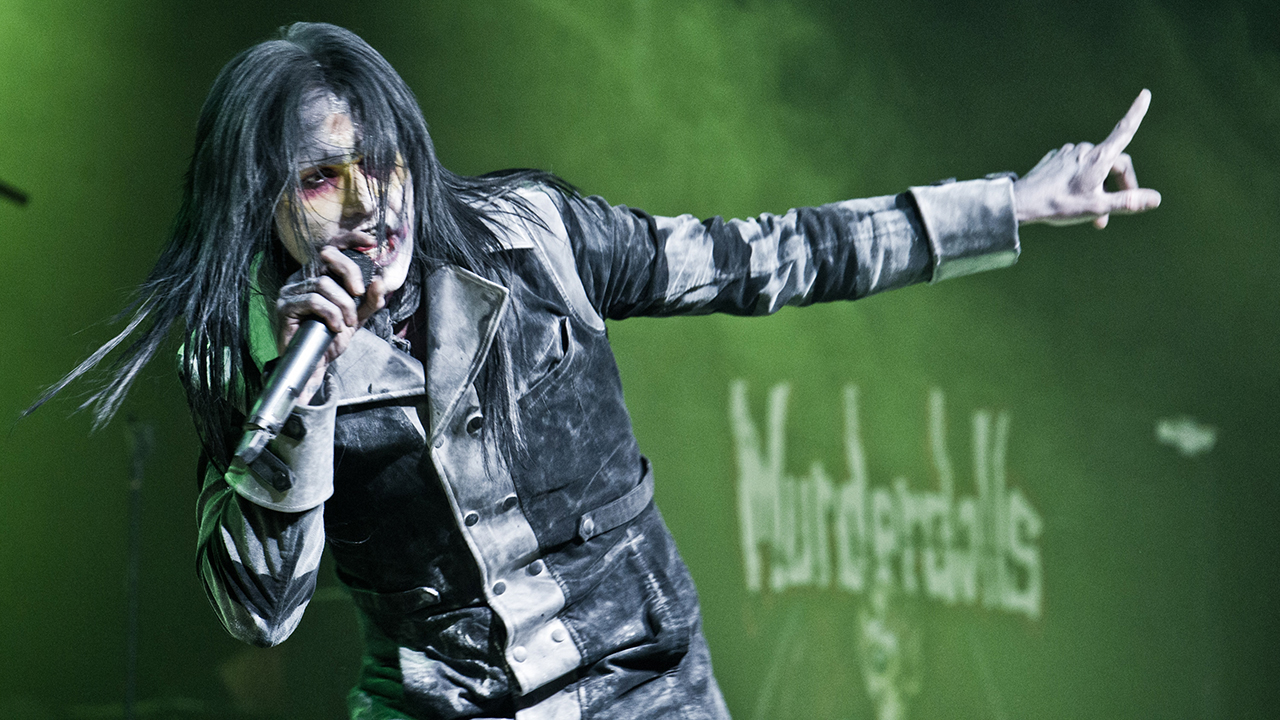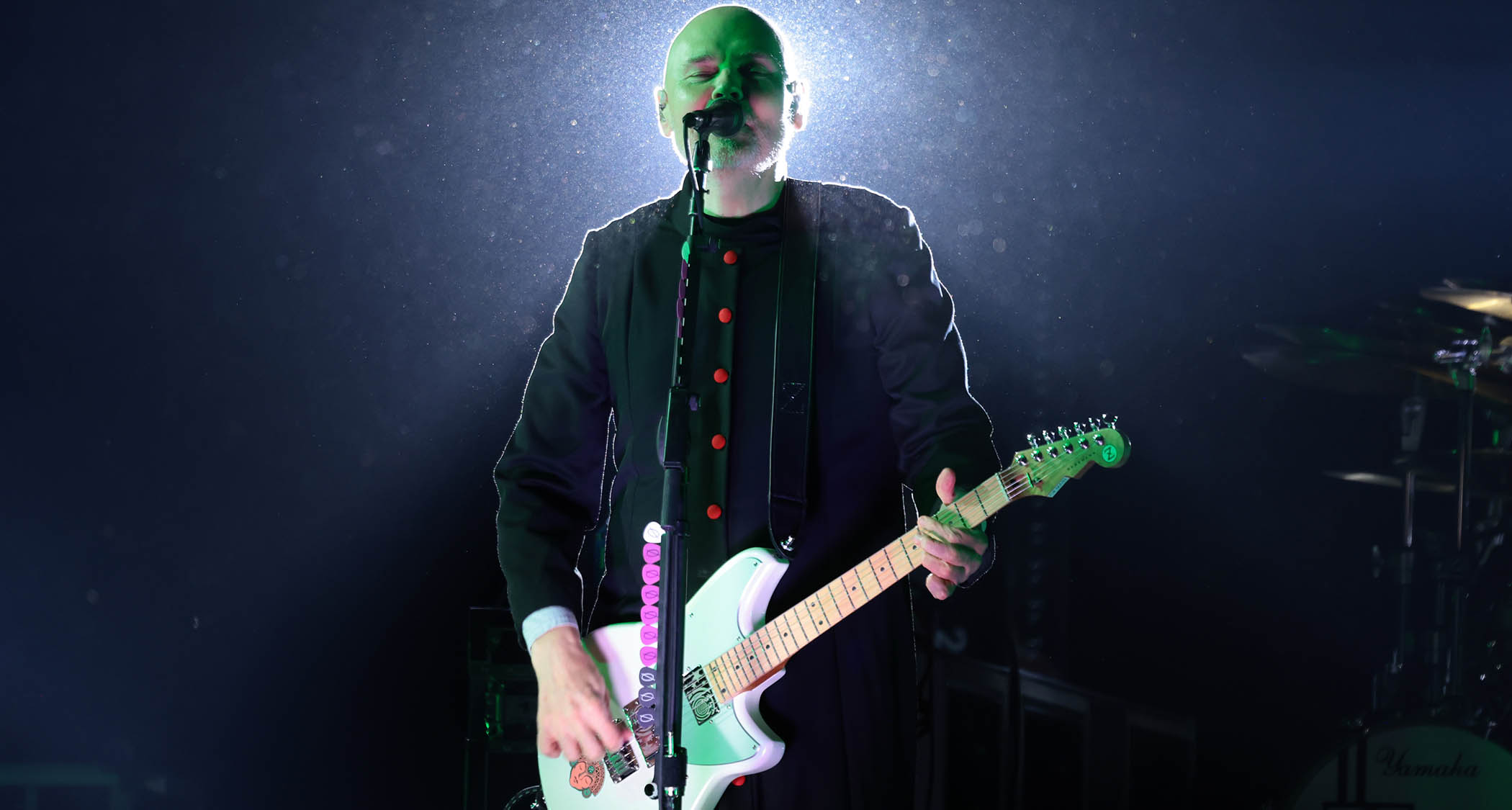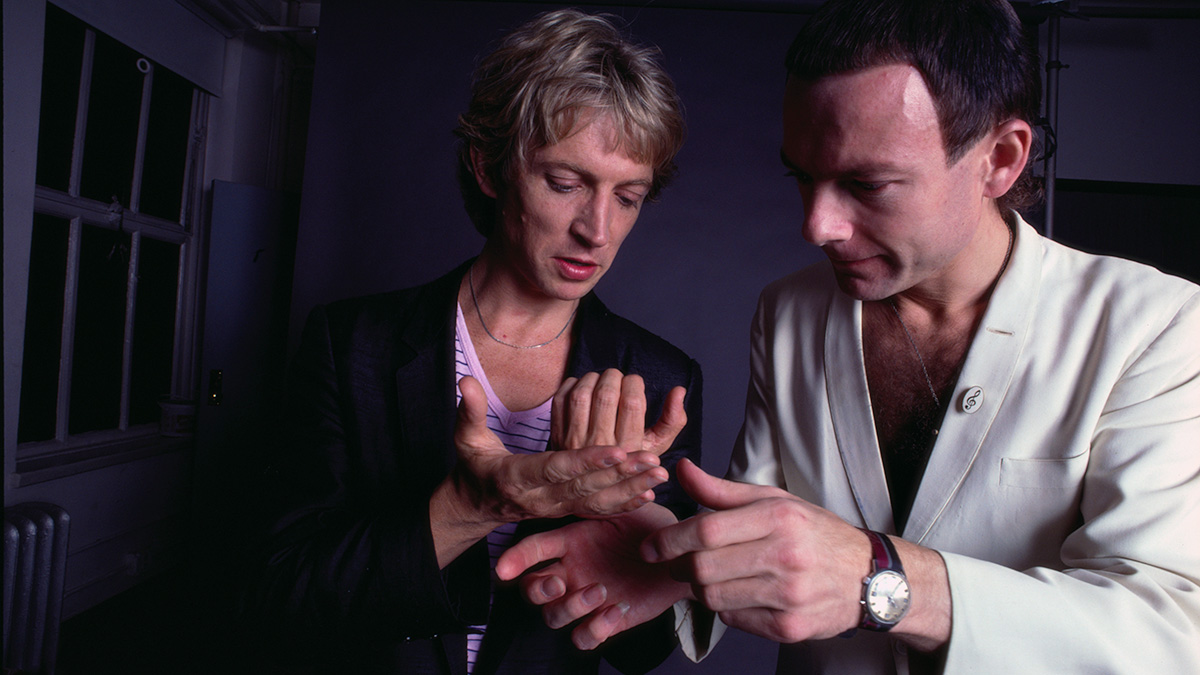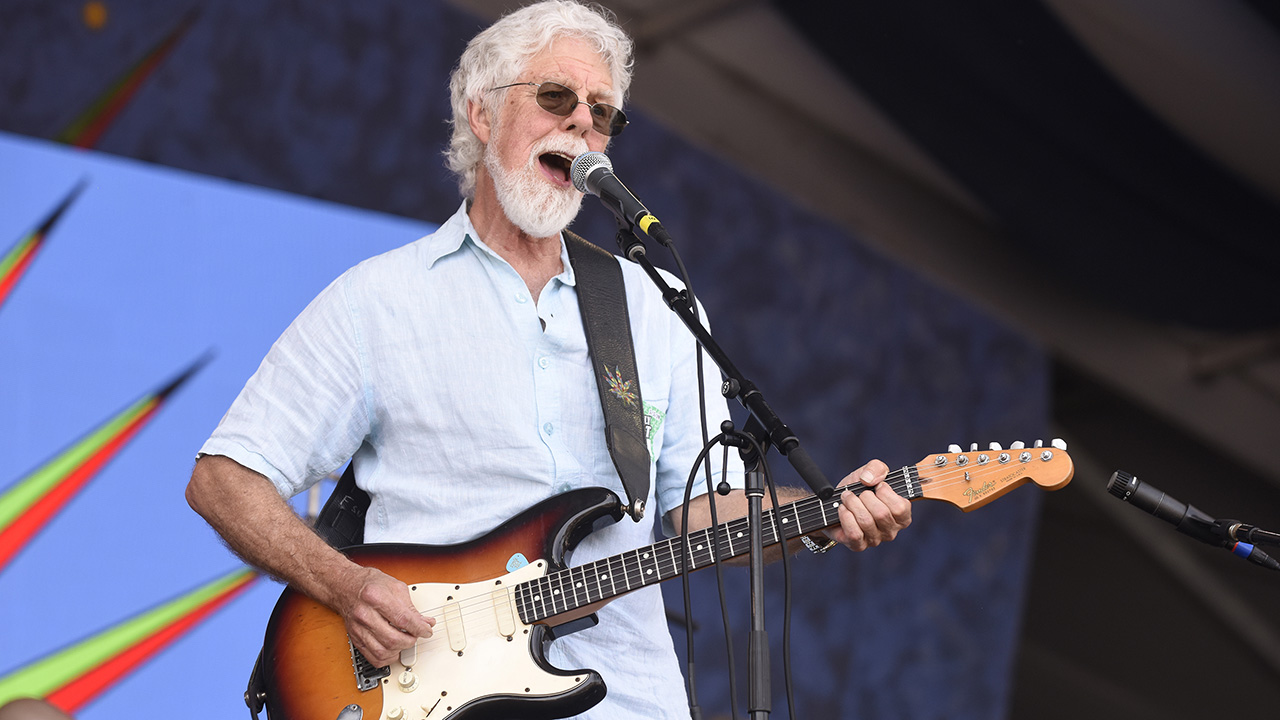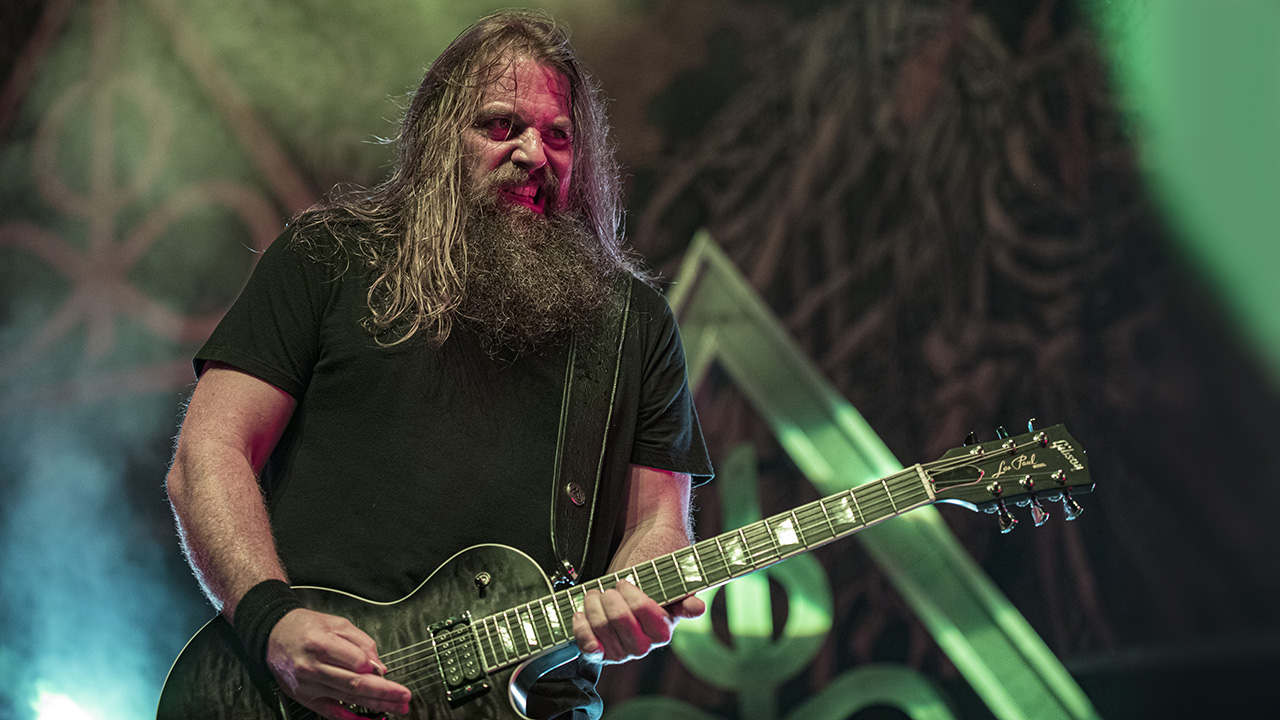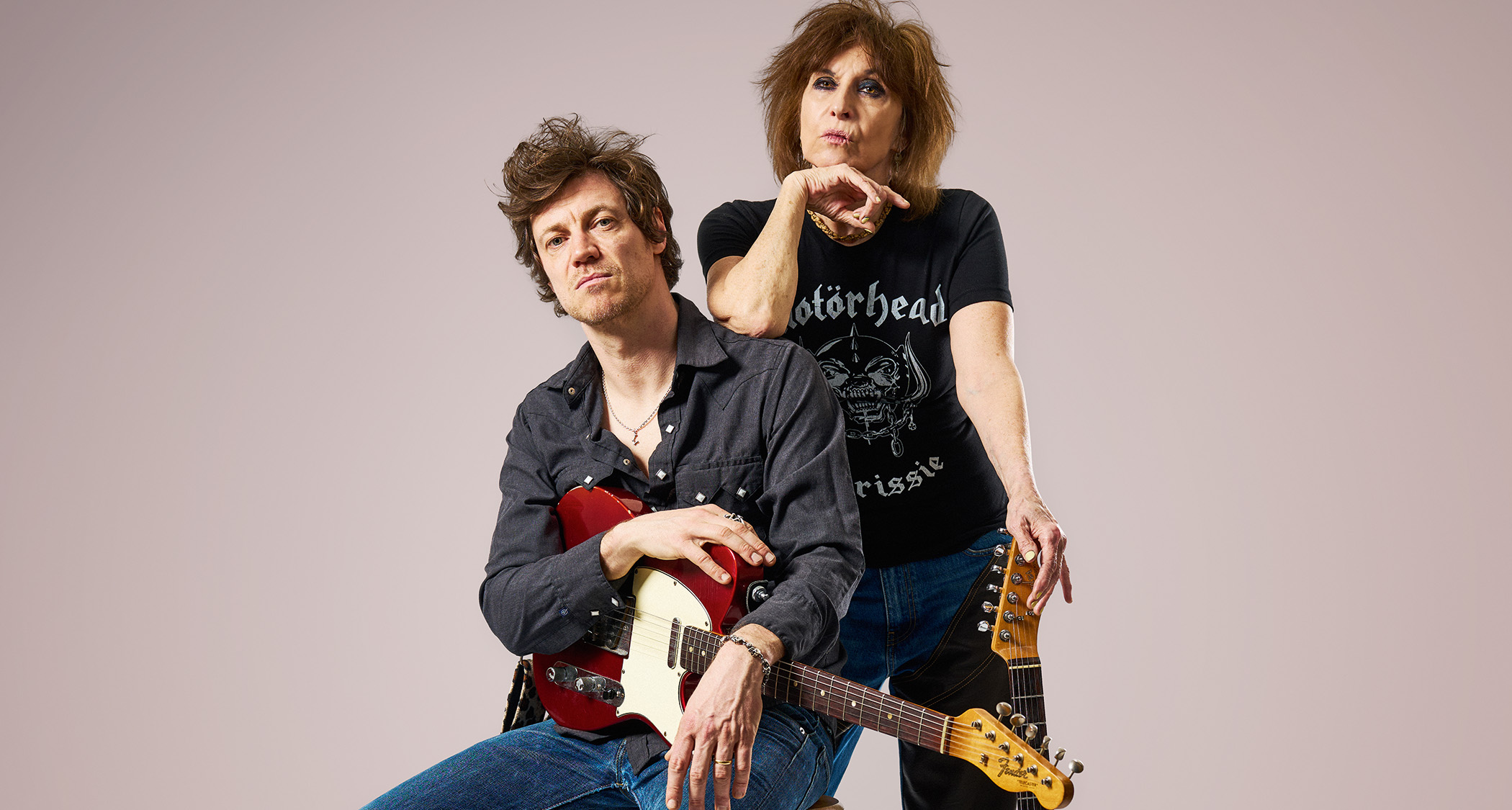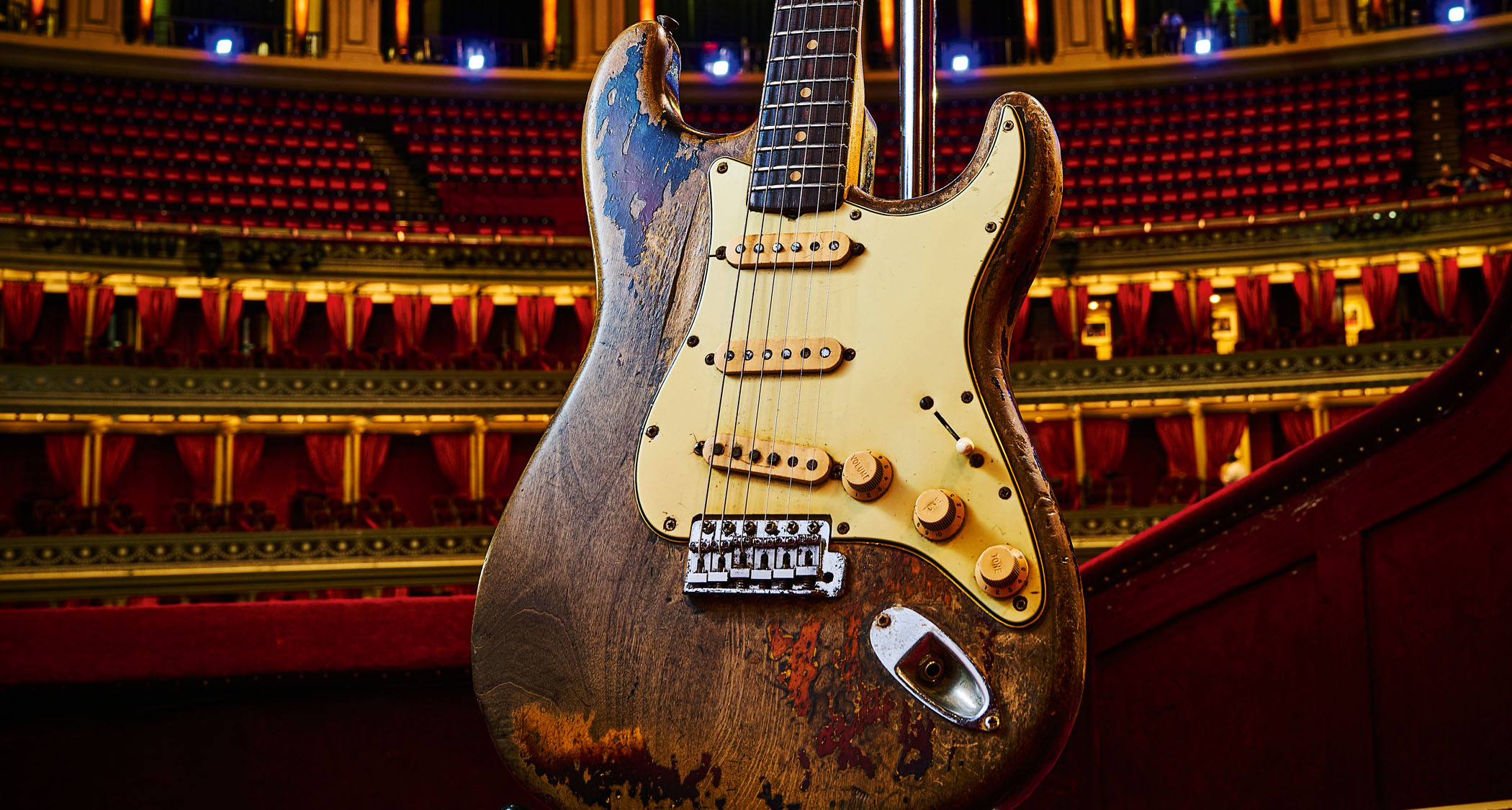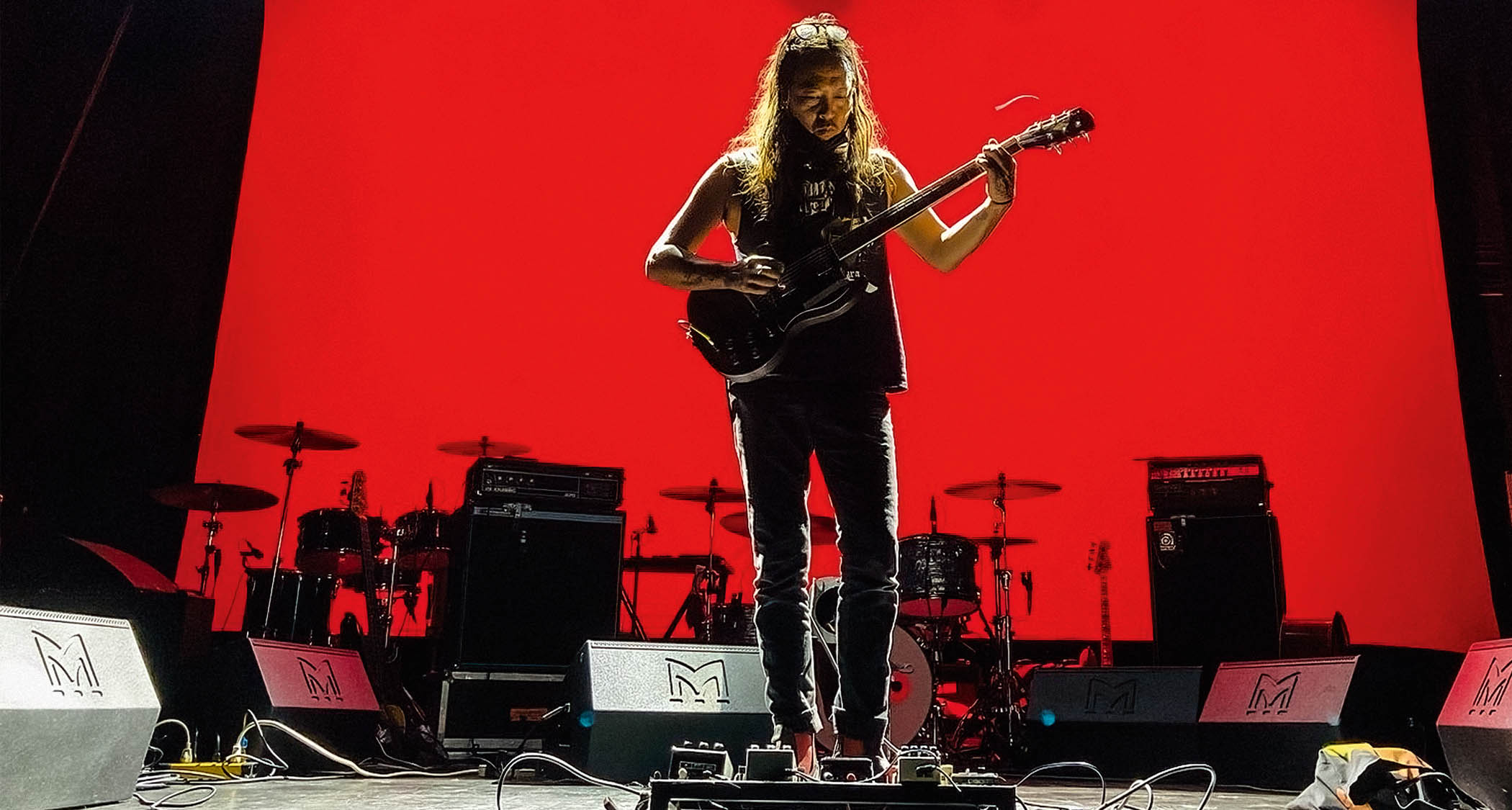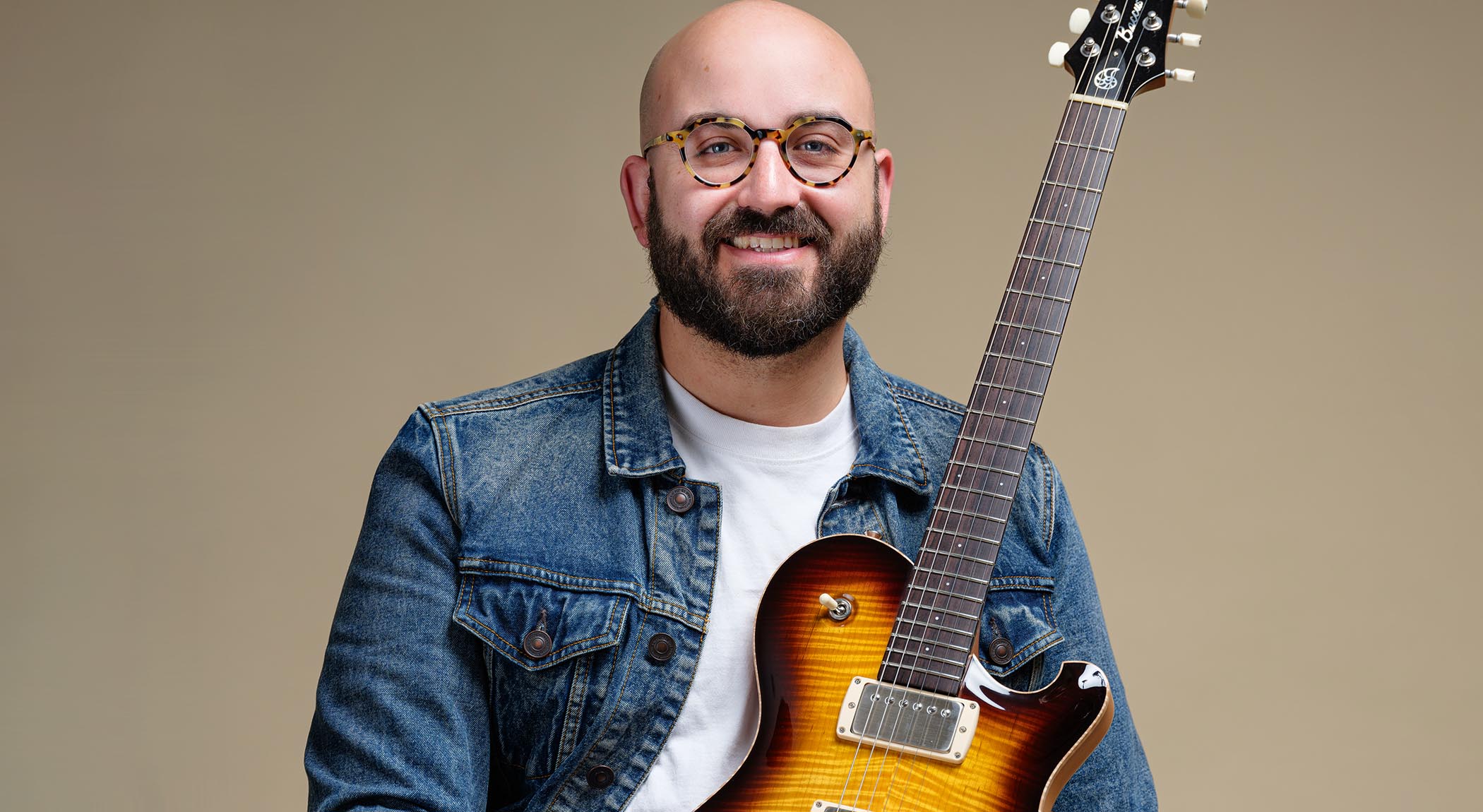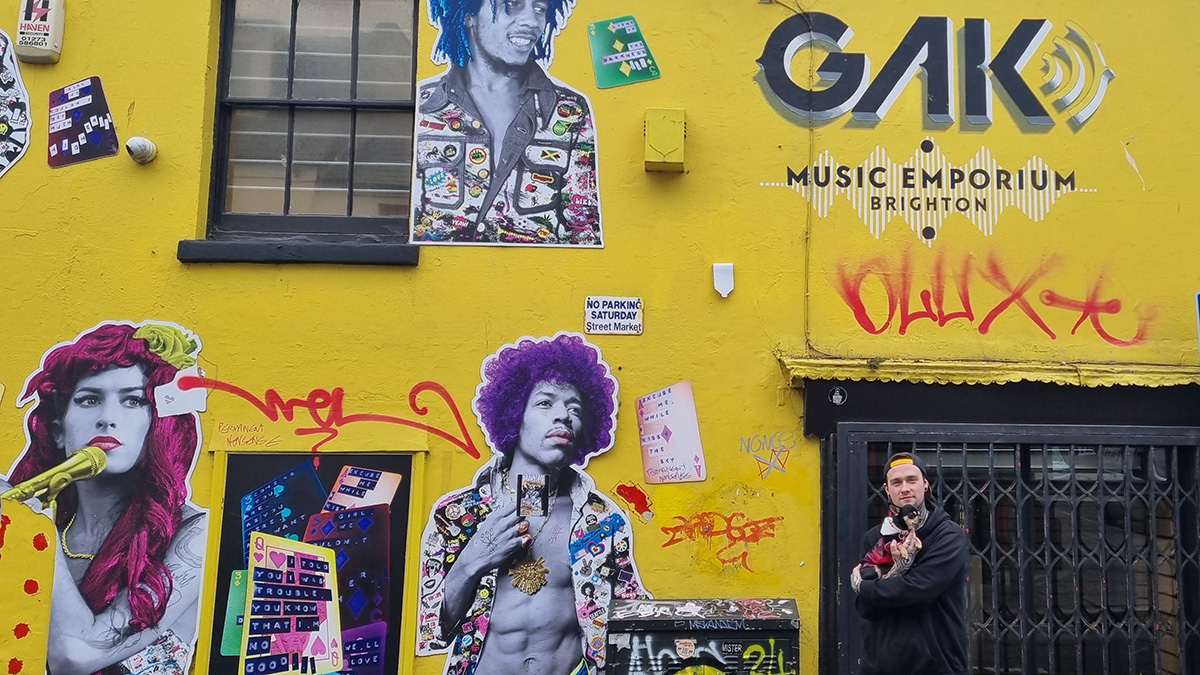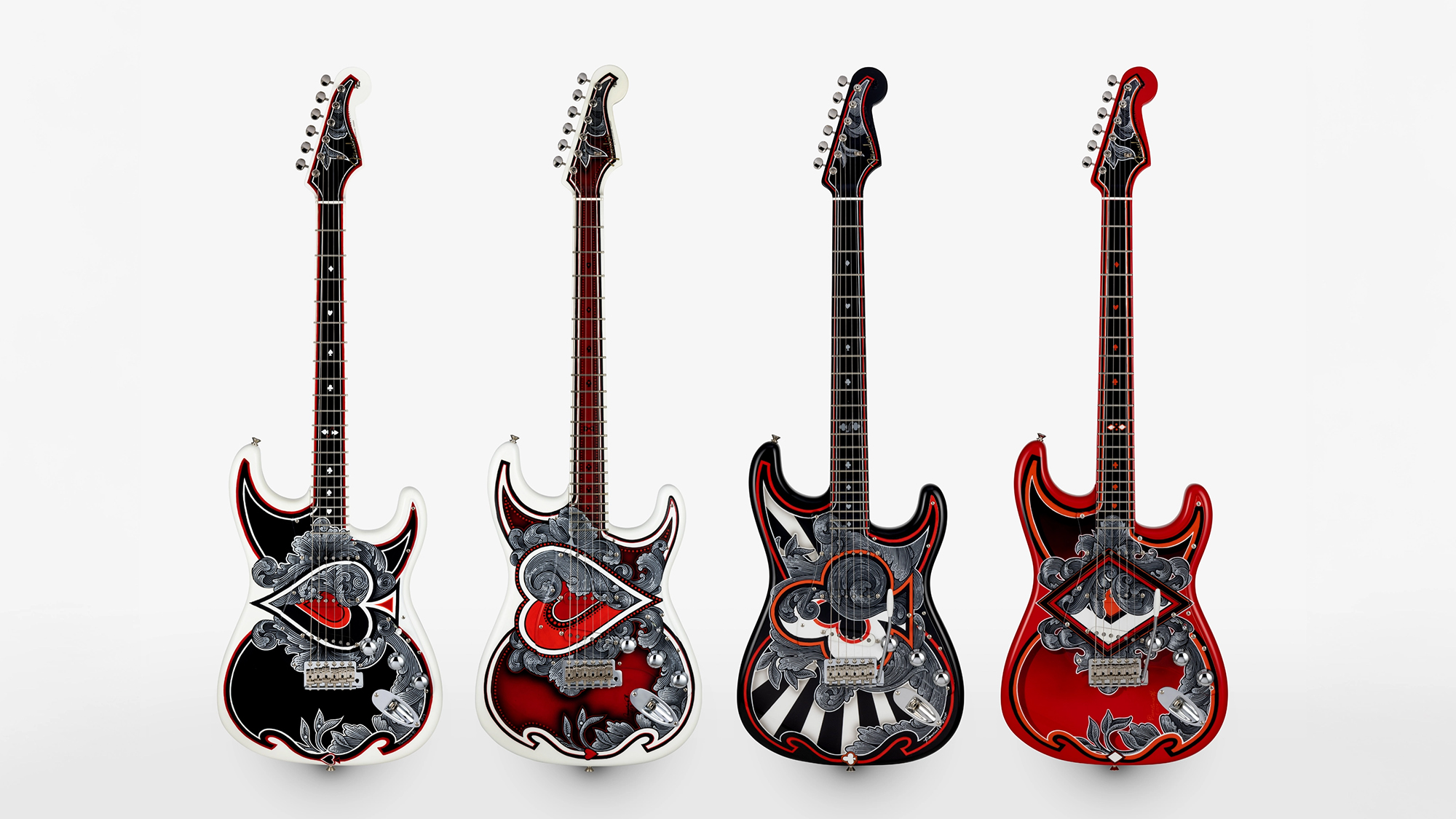Parcels’ Jules Crommelin and Patrick Hetherington: “I think we felt a collective desire to break out from what people expected from us”
Defiantly bucking the trends of the playlist-centric synthpop scene, Parcels have returned with an analogue-forward concept album split in two unique halves
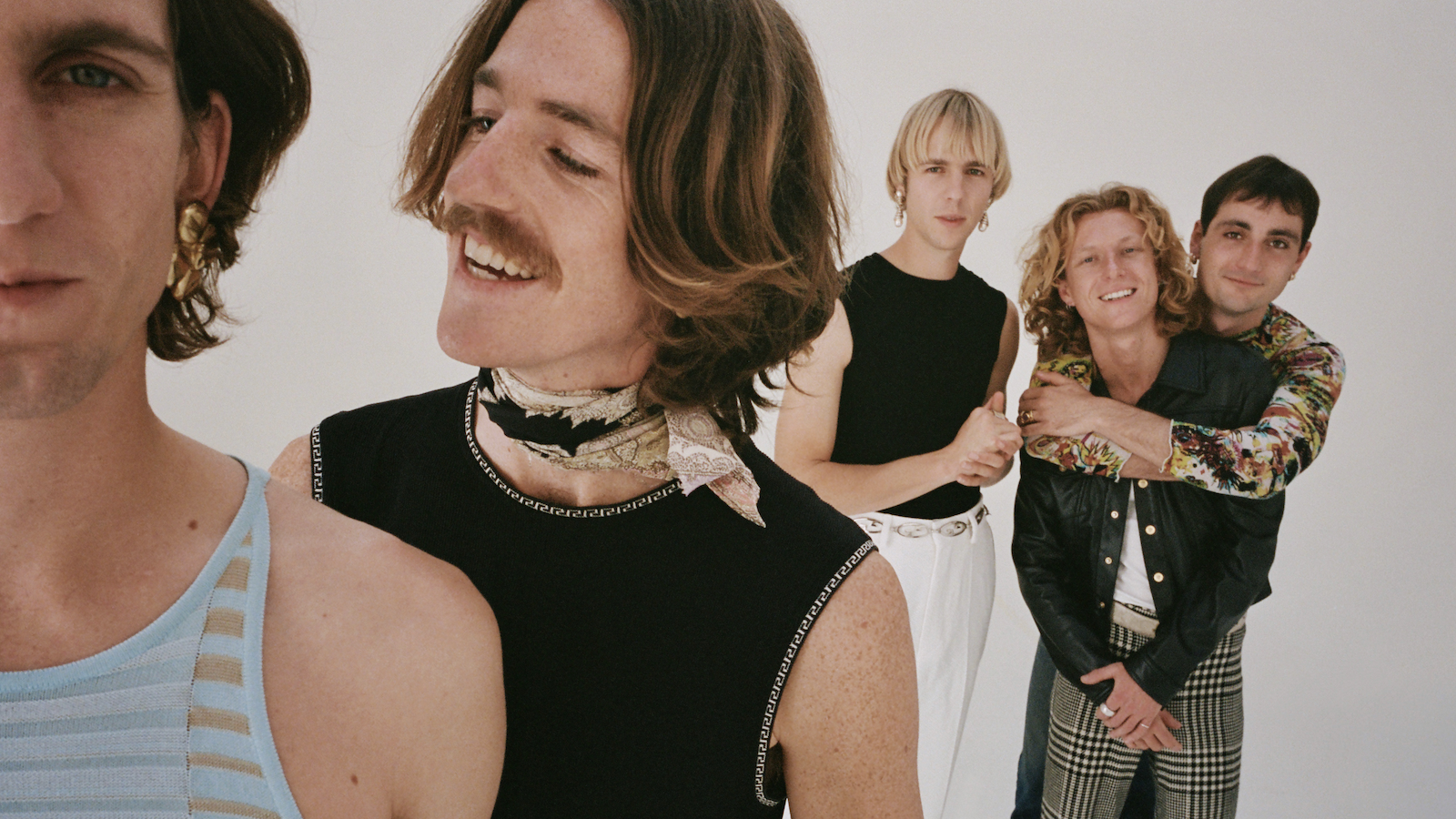
Breaking out at the peak of the playlist age, Parcels earned their crust with a slate of snappy indie-pop songs tailored for the dancefloor. And of course they did – just a year after minting their debut EP (2015’s Clockscared), the Byron-native quintet won the hearts of French techno giants Daft Punk. By the time their eponymous full-length effort dropped in 2018, Parcels were veritable superstars, packing out crowds everywhere from Sydney to Sweden. The band are known largely for their prowess with synths, not guitars – which is what their defiantly analogue follow-up, Day/Night, such a striking affair.
More surprising is how, despite their rise to fame via platforms like Spotify and sharp, hype-riding single drops, their new effort is a conceptual epic – two conceptual epics, in fact – wherein each song is linked to the next by way of stylistic and lyrical threads. It’s undoubtedly ambitious, a sprawling two‑disc journey through all the polychromatic peaks and valleys of the band’s sonic palette – and those of its five individual members, all of whom wield their own idiosyncratic flairs. But if there’s one we’ve learned from Parcels throughout the years past, it’s to trust their process; they’re enormous risk-takers, but every risk they take is meticulously calculated.
We caught up with the band’s two guitarists, Jules Crommelin and Patrick Hetherington – the former doubling as lead singer, and the latter as one of two keyboardists – to dig a little deeper into Day/Night, and figure out just what it is that makes this eye‑hazing epic so goddamn enthralling.
What was the kind of creative energy you wanted to channel into Day/Night?
Pat Hetherington: We wanted to capture a deep cinematic atmosphere. We always wanted the musical space of these records to reflect nature in some way, like the passing of a day and night in different settings – the ocean, a desert, a city scape… In terms of pulling it off, all I can say is that we’ve been on a life-changing journey with this album. I think we succeeded in recording the way in which we were seeing the world and ourselves during the last few years.
Where did the idea come from to make Day/Night a double album?
Hetherington: The idea [to do] two albums was there from day one – even before! I think we felt a collective desire to break out from what people expected from us, like sunny disco-pop. We realised that when we allowed ourselves the freedom to fully embrace our shadow side, we could actually go deeper into the sunshine side too.
Did you have any of the typical ‘second album blues’ with this record?
Hetherington: After the first record, and the subsequent year or touring, we definitely fell into a rut. We felt rigid [when we were] playing and we couldn’t really jam anymore. So before going deep into the writing for this record, we decided to spend about two months doing a sort of ‘musical bootcamp’. We went into the rehearsal room every day and just learned covers – we learned grooves and chord progressions of artists we liked – we played a lot of blues and funk and jazz, and even glam-rock stuff, and just tried to open our mind to new ways of making music. That really shook off any trace of the sophomore blues.
On the flipside, were there any techniques you picked up in making LP1 that you were able to carry over?
Hetherington: That first album was our first experience producing a full record, so this time we definitely went in feeling more experienced and confident. I think in hindsight, though, we really felt like the first record was too clean and too rigid in some ways. We learned that we wanted to inject more life into the new record. [We did that] by recording live all in one room, by allowing room for more improvisational playing, [and] by taking away the metronome from the tracks and letting the tempos flow naturally.
Get The Pick Newsletter
All the latest guitar news, interviews, lessons, reviews, deals and more, direct to your inbox!
What was your favourite moment from the recording process?
Hetherington: There are too many beautiful moments to count. One that comes to mind was [when we were] recording the song “Outside”. For me that is a very personal and intimate song, and it was a really vulnerable and beautiful thing to share with the other guys. Tears were shed. It was confronting. And there were moments like that throughout the process, really exploring a new emotional openness and vulnerability, which felt cathartic.
What guitars did you have in the arsenal for Day/Night?
Jules Crommelin: I used my Vorg Telecaster, which is this amazing Japanese copy of a Fender Telecaster that my mum found in an op-shop for five bucks! To me, it sounds like a hybrid between a classic Gibson and Telecaster sound; it’s quite unique. I used that through the whole two records, except for the “Somethinggreater” chorus, as I found out right at the end of the recording session that there was a 1970 Goldtop Gibson Les Paul [in the studio].
How did you go about nailing all of those wild tones on the record?
Crommelin: I am quite against the pedalboard era of guitar tones, I’ve got to say – call me old if you must! I wanted to get something rougher on these records, so I used this old 1960s Electromuse amp that was at La Frette. It had just volume and tone, and the volume was kind of broken. I used a wah pedal a bit, through that old amp, which created a pretty unique sound that I’m into at the moment. You can here it on “Thefear” on the Night album.
As a band with so many elements to your sound, where the guitar is just one part of a much larger, more sprawling puzzle, how do you utilise the guitar to elevate, or add colour to a mix?
Crommelin: I kind of made an early decision to not overdub guitars on these albums too much. I wanted the guitar to not always be central to the groove, as that was my go-to idea before. So it was about leaving heaps of space and just finding a simple and funky position – nothing too fancy.
I’m so intrigued by the Live record you put out last year – the way it was recorded, where it was recorded, the ethos of it all… What was it like coming out of such a unique experience and heading straight into a new studio album?
Crommelin: I think we were semi-consciously heading towards doing a more live record after our first album, so re-recording the first album live felt like a great step towards that. It was predetermined, essentially – just out of reaction to all the pop music out there today, we wanted to do the opposite to this highly-edited, digital sound that [we hear] everywhere.
Is there anything else you think the good readers of Australian Guitar should know about Day/Night?
Crommelin: I’m really excited for people to hear it. I’ll say that it’s good to listen to each record separately, and I would recommend listening on vinyl to get the closest to what we had mixed. And please turn it up loud! It’s meant to be [heard] at high volume!
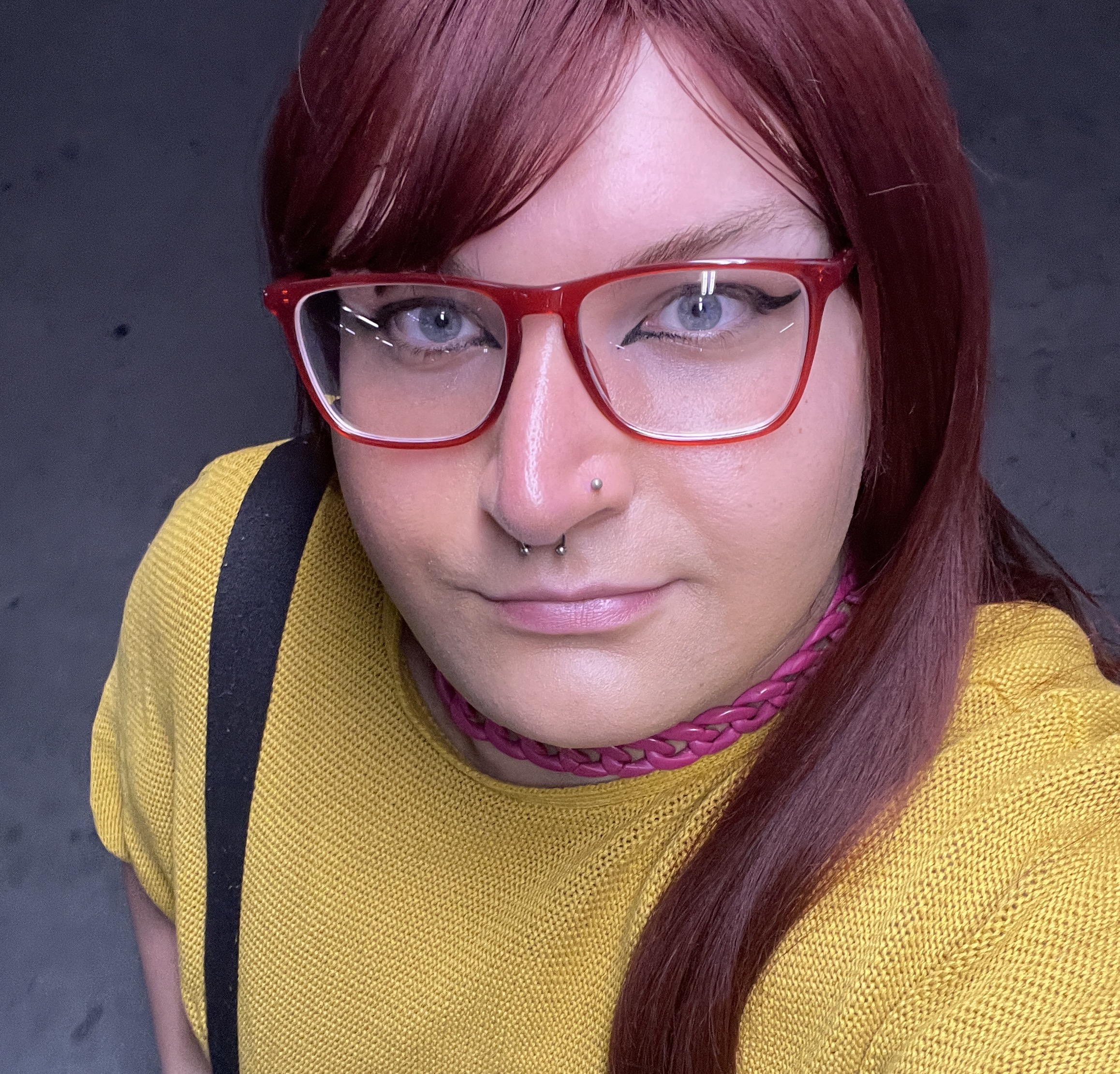
Ellie Robinson is an Australian writer, editor and dog enthusiast with a keen ear for pop-rock and a keen tongue for actual Pop Rocks. Her bylines include music rag staples like NME, BLUNT, Mixdown and, of course, Australian Guitar (where she also serves as Editor-at-Large), but also less expected fare like TV Soap and Snowboarding Australia. Her go-to guitar is a Fender Player Tele, which, controversially, she only picked up after she'd joined the team at Australian Guitar. Before then, Ellie was a keyboardist – thankfully, the AG crew helped her see the light…
“We both wanted to shred. Joey wanted to be as crazy on guitar as he was on drums”: Wednesday 13 on getting his guitar confidence back – with help from some heroes – and the Murderdolls future that never happened
“I still use the Strat and Big Muff sound here and there for overdubs, but when I watched Eddie Van Halen play 3 feet in front of me, I learned that it’s about the hands”: Billy Corgan on critics, tone secrets, and how he keeps Smashing Pumpkins fresh
